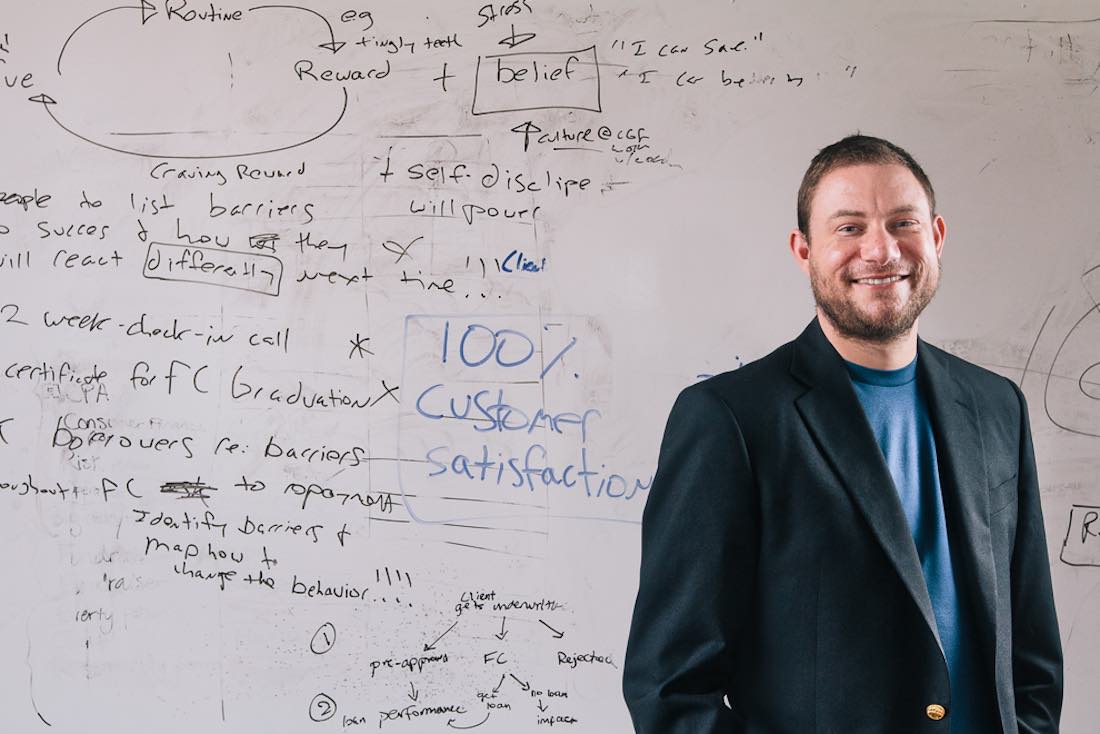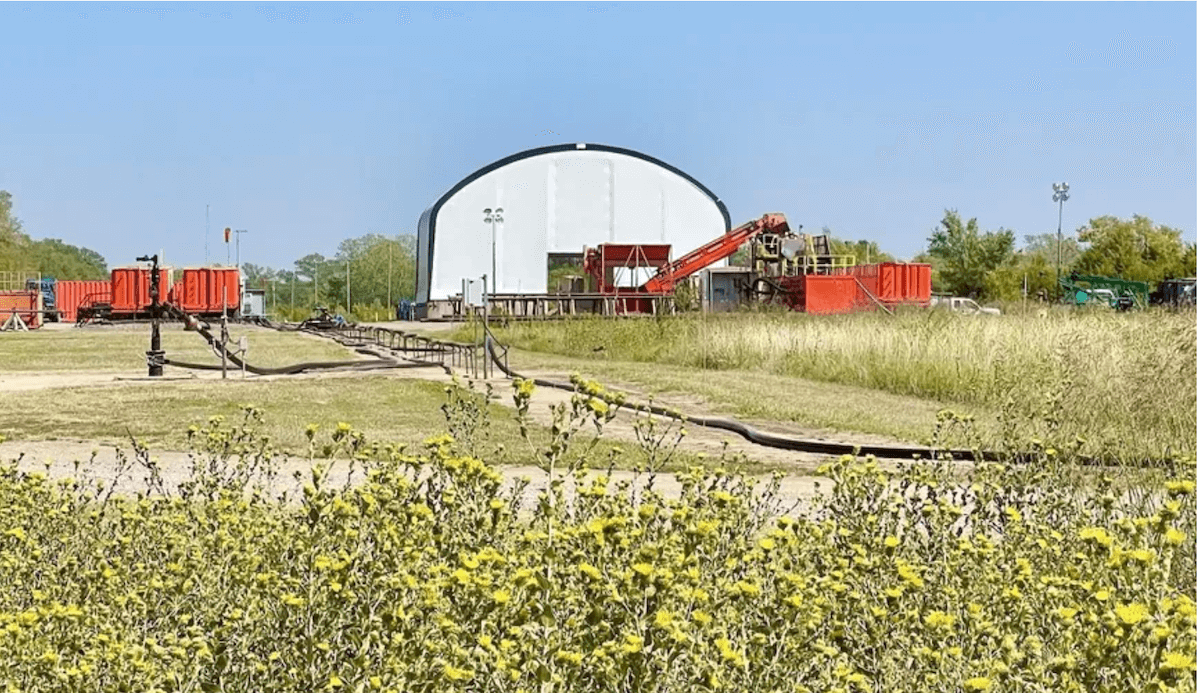ImpactAlpha, Nov. 4 – The expiration of federal COVID relief funding in the U.S. showed up almost immediately in the loan portfolio of Andy Posner, head of Providence, Rhode Island-based Capital Good Fund.
The plucky $10 million community development financial institution, or CDFI, lends to consumers in a half-dozen states that represent a cross-section of America: Rhode Island, Delaware, Illinois, Florida, Massachusetts and, most recently, Texas.
Since March, Capital Good Fund has made more than 800 loans totaling $725,000 that have enabled families to pay for rent, utilities, food, and technology to help their kids study at home.
“As a consumer lending CDFI, we see firsthand the impact of the lack of stimulus,” says Posner. “That has shown up quite quickly.”
Capital Good Fund makes loans up to $25,000 for things like energy efficiency, immigration services, and car purchases. It also makes smaller loans and offers financial coaching to low-income, low-credit borrowers who are locked out of mainstream financial options.
When COVID hit, like other CDFIs, Capital Good Fund sprung into action. It offered its clients a three-month, no questions asked deferment. It launched low-interest “crisis relief” loans of $300 to $1,500 with a built-in three-month deferment, and an emergency financial coaching to help people navigate the crisis. Nearly a quarter of its active loans are now from the crisis program.
What struck Posner was the type of client taking advantage of the COVID-inspired offerings. Typically, Capital Good’s loans offer an alternative to low-income borrowers who would otherwise turn to pawn shops, payday lenders of subprime auto loans. The new borrowers had higher monthly incomes. Many were sole proprietors or gig workers facing cuts in income. A disproportionate amount hailed from service industry-heavy and benefit-thin states such as Florida.
A $1,500 loan doesn’t come close to meeting the needs of his clients, Posner acknowledges. “We’re part of people cobbling together what they can through various programs,” he says. The crisis “has exposed how useless our social safety net is.”
That was apparent after enhanced unemployment benefits ran out at the end of July. Almost immediately, Capital Good’s loan default rates jumped from a fairly typical 3.5% or so to 5%. “It’s a sign of how much people are struggling,” says Posner.
Capital Good Fund has been able to absorb the shocks. It raised a large grant-funded loan-loss reserve, increasing it’s loan-loss reserve to 7% of its portfolio in March as the pandemic spiked. For every $1 in reserve for its crisis relief program, it lends out $3.5, enough to absorb a 28% loss rate. And it has raised enough capital, on flexible terms, to meet demand, for now.
“Investors give us terms that are flexible, so we can pass that along to our borrowers,” says Posner.
But with hopes for a second stimulus package all but dashed for 2020, Posner worries how people at the bottom of the ‘K-shaped’ recovery will fare.
“We’re kind of the backstop – and we shouldn’t be it,” he says. “We can serve as a bridge, provide coaching, but we are not the solution. We are part of it. We’re almost being asked to be the solution right now. You can’t philanthropy your way out of this.”
Creative funding
Posner, who founded Capital Good Fund in 2009, when he was 24, has had to be creative about raising capital. He launched a direct public offering in 2016 that brought in about $4 million from 104 individual investors in thirteen states, who invested anywhere from $1,000 to over $1 million. The offering, conducted through a subsidiary, Social Capital Fund, helped grow the CDFI’s annual loan volume almost 8-fold, from $376,000 in 2015 to $3.1 million in 2019, and expand from one state to six.
In July, the CDFI received a $500,000 loan from the Rhode Island Foundation to support its low-income lending, as well as recent loan-capital loans from Unitarian Universalist Congregation, New Summit Investment and Truist Bank.
And in August, it launched its latest debt offering. A novel structure allows Capital Good to raise low-cost debt from impact investors through its Social Capital Fund subsidiary and provide the parent CDFI with flexible grants. (How it works: Social Capital donates the funds to Capital Good Fund. Through a reciprocal servicing agreement, the fund pays the CDFI to rent its servicing staff and the CDFI pays the fund a servicing fee; the slightly larger amount paid to Social Capital Fund pays interest on the notes).
Investors can invest from $5,000 to $5 million in notes that pay up to 5%. One investor: the Conant Family Foundation, which made a $1 million investment through one of its trusts.
That financial base will help Capital Good to lend another $200,000 a month for the rest of the year, said Posner. His ambitious goal is to build a $100 million loan portfolio by 2025.
In the meantime, the CDFI is seeing pent up demand, and new business, from customers looking for loans to buy a car, weatherize their homes, or renewing green cards. As banks tighten their lending, Posner sees an opportunity to “bolster our portfolio with safer loans that can backstop us” as defaults on riskier loans rise. In October, Capital Good Fund did a record $77,000 in loans in one day, including five energy efficiency loans.
“There’s a big backlog,” says Posner. “We’re well positioned to ride a green wave if Joe Biden wins the U.S. election.”











